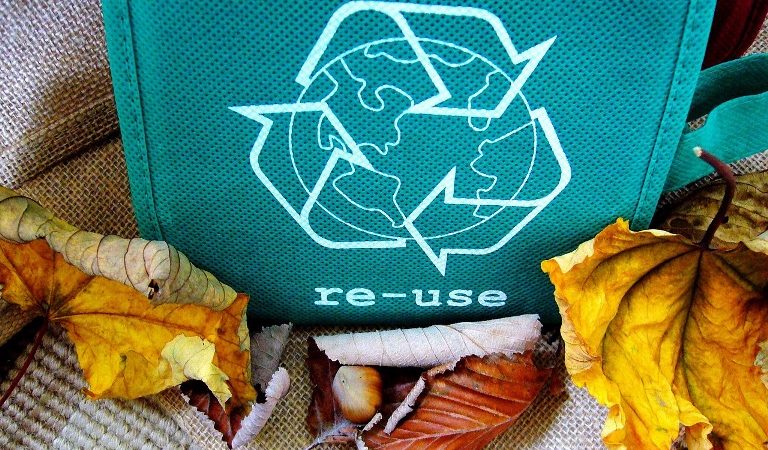Training on Building for Future: Sustainable Green Buildings

Development Alternatives, a non-profit organisation established in 1983 creating large scale sustainable livelihoods is organising a Capacity Building Series (2008- 09) for Experiential field based training on Building for Future: Sustainable Homes (Green Building)
OBJECTIVES OF THE TRAINING
- To provide an overview of design and construction facets of green buildings
- To establish decision-making criteria for the design and construction of green buildings
- To provide exposure to various alternative building materials and technologies which can be used to construct green buildings
The training programme will enable the participants to appreciate the various issues in design and construction of green buildings and will equip them with a design methodology which can then be taken up in their respective contexts along with professional expertise.
Dates: 19, 20 and 21st of March 2009
Venue:TARA Nirman Kendra, M.G.Road, New Delhi
RESOURCE PERSON
Mr Pankaj Khanna: Has seven years of experience in building technology development, training systems development and building energy projects. Core team member for the assessment of Training systems of various institutions through an initiative of the HSMI/HUDCO supported by Swiss Agency for Development and Cooperation. Has been instrumental in developing a participatory methodology for assessing sustainability of building practices in habitat development projects. Has been responsible for developing training modules for a variety of construction techniques and has delivered construction trainings across the country.
- Bachelor of Engineering- Civil – School of Building Science and Technology, CEPT, Ahmedabad, 2000
- Master of Science, Renewable Energy and Architecture, University of Nottingham, 2006- research thesis on desiccant driven cooling systems for institutional buildings in Delhi’s climate.
COURSE ELIGIBILITY
This programme is designed for architects, building engineers; professionals form the construction industry- builders and developers, government housing department professionals. The programme is also suitable for final year architectural students.
Fee: INR 7,500 per participant (The Training fee covers food during the training hours, course material and field visits)
YOUR TAKEAWAYS
- Knowledge and experience from the training
- Field Exposure and further learning
- Manuals and training material
- Networking opportunity for you
- And an ….Enriched you
For more information and to register, contact:
Bhavana Gadre
Telephone: 011-26132718
tla@devalt.org
Manager-Training
TARA Livelihood Academy
Development Alternatives,
111/9-Z, Kishangarh, Vasant Kunj,
New Delhi-110070
Why Green Buildings?
Globally, around 40 % of virgin materials and energy and 16 % of the annually available fresh water, is consumed by the construction sector. The construction and operation of buildings together trigger a number of environmental problems such as indiscriminate mining and quarrying, deforestation and electricity consumption, primarily from polluting non-renewable fuels. The unprecedented levels of urbanization and economic growth in Asia will only intensify in the foreseeable future, thus placing an even greater demand on finite natural resources and energy.
Many Asian countries have begun to put in place strategies and mechanisms for a larger realization of ‘Green’ buildings. ‘Green’ is now a global buzzword and ‘green buildings’ are rapidly expanding their worldwide footprint. Green or ‘sustainable’ buildings, as they are alternatively referred to, are characterized by reduced operational energy consumption and environmental impact and minimized life-cycle costs.
They make the best use of renewable sources, such as sun, wind, rainfall and bio-waste and have a high proportion of building materials that are designed for re-use and recycling. Green buildings, while being energy efficient, must address regional and contextual imperatives. Also, the energy and resources spent in manufacturing building materials is clearly a tipping point in determining the extent of the environmental impact of buildings. Healthier indoor environment resulting in higher human comfort and productivity is also seen as an essential feature of green buildings.
There is an urgent need to design and construct buildings in a way which minimizes their ecological footprint. At the same time, there is a need for knowledge dissemination to demystify various facets of green buildings and to highlight potential benefits over their life cycle. Building professionals must have a practical understanding of critical decision making criteria for design and development of green buildings.



i want to know is there any short course for architects on sustainable architecture?